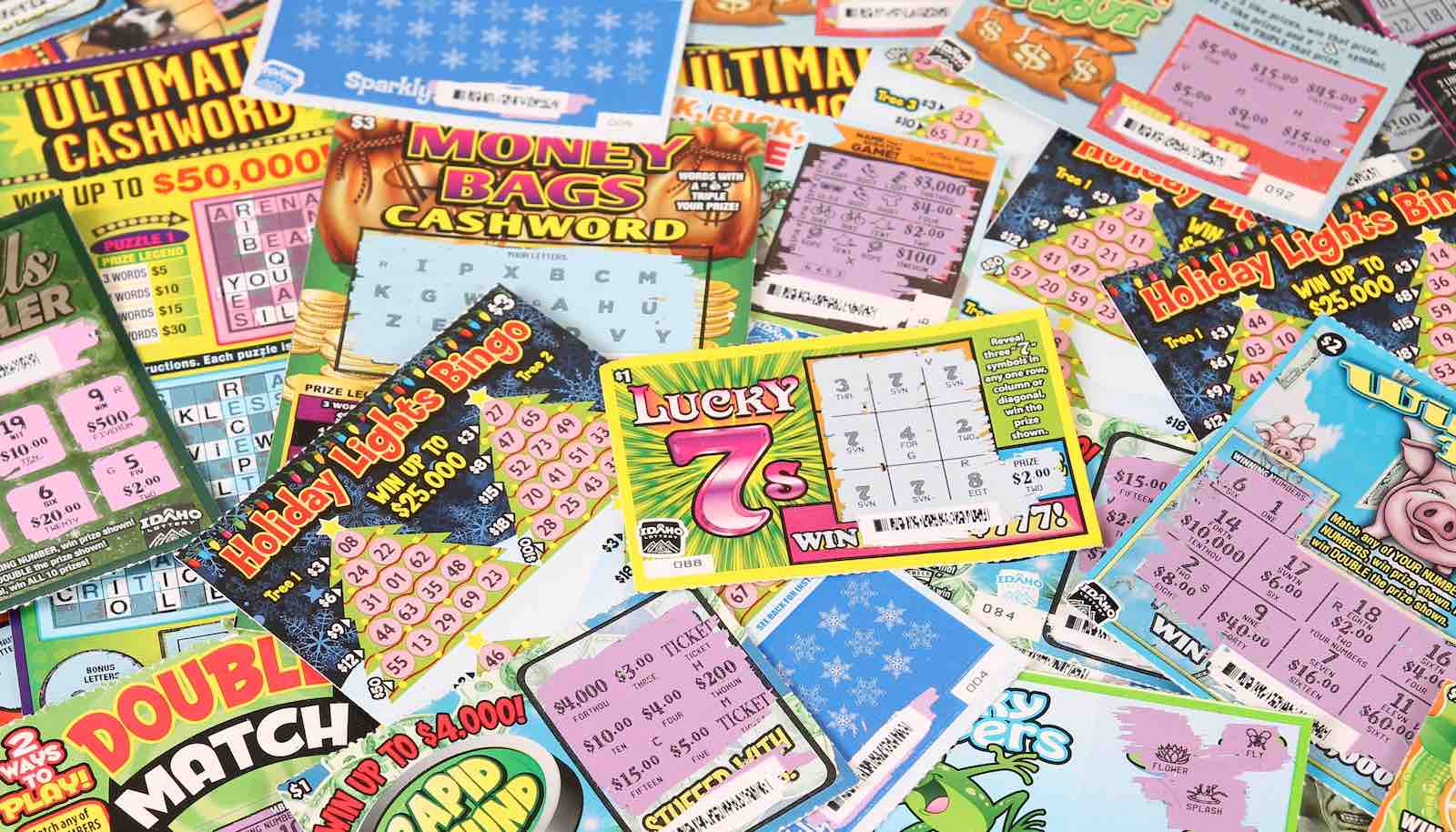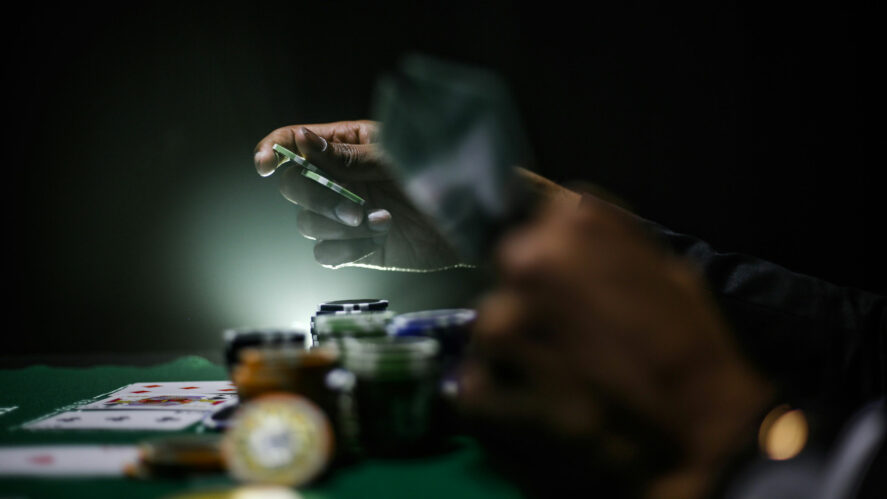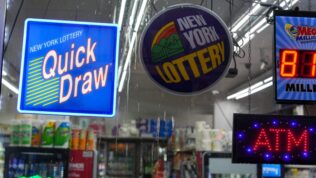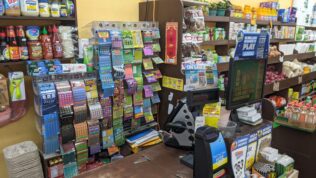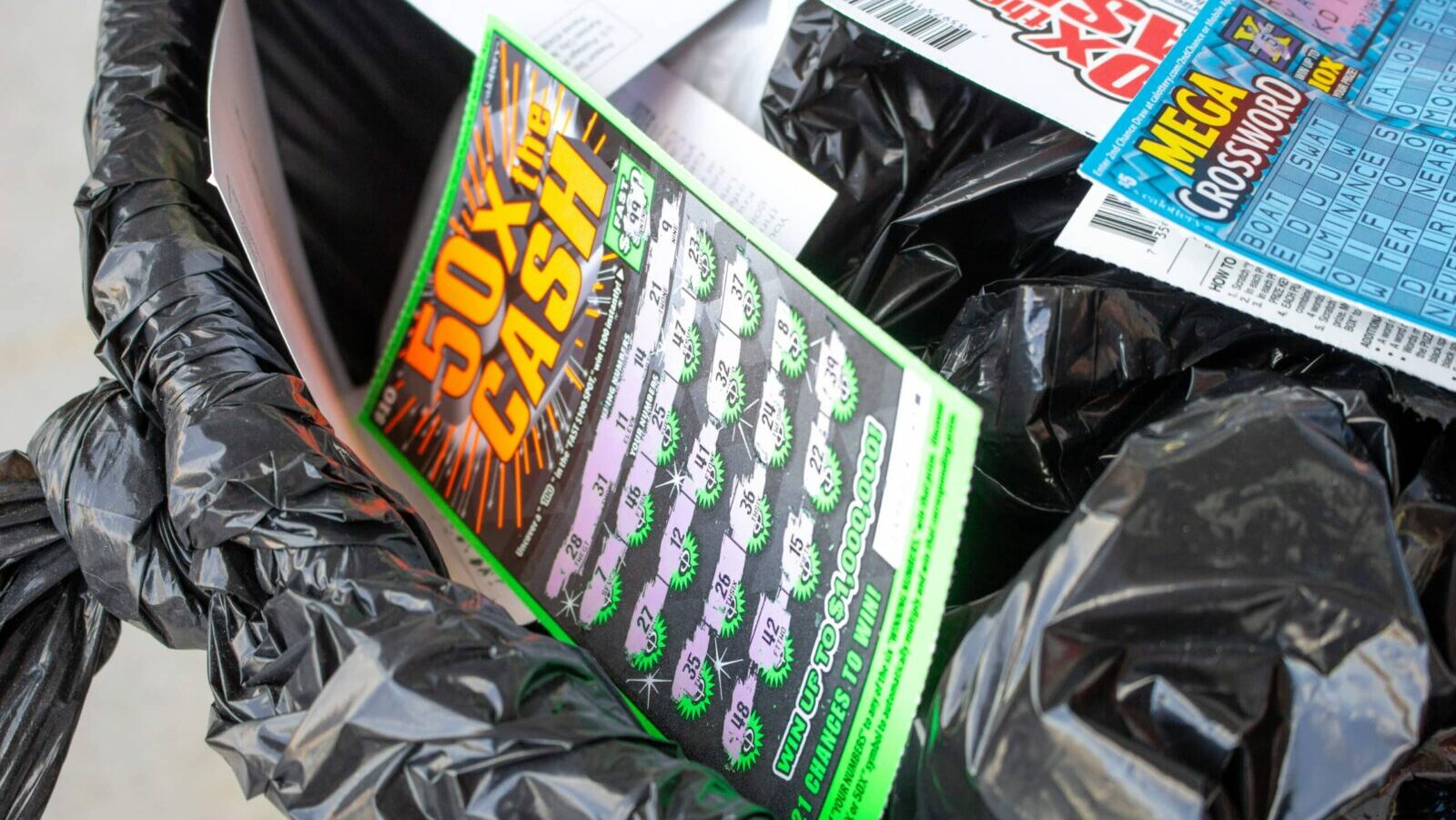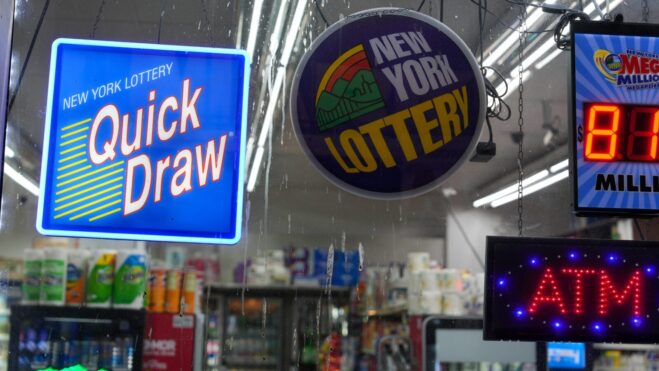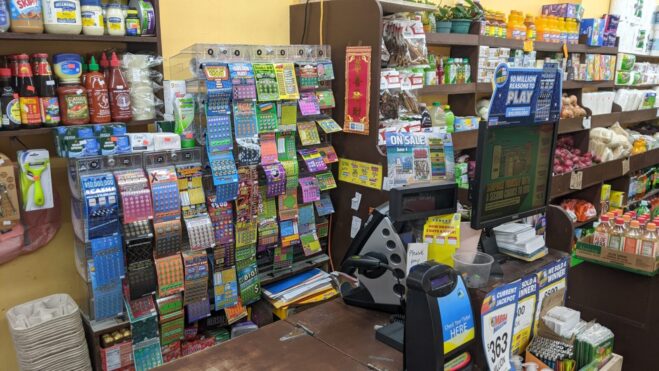Scratch-off tickets have been a mainstay in the lottery industry since the mid-1970s. Ever since the Massachusetts Lottery released the new product nearly 50 years ago, cheaters have attempted to exploit vulnerabilities in tickets themselves, real or imagined.
Initially, cheaters would find a way to defraud the lottery companies by chipping the coating on the front of the card to see if the ticket was a winner, but the scratch-off makers took measures to quell this problem by using a new coat solution.
Today, there remains a steady of supply of schemers seeking to identify winning tickets. And that is why to take the tickets from the factory to what the customer sees on the counter, the production process is complex.
Determining the visual look of the ticket
Before any ticket can even be made, the lottery company needs to determine how the ticket will look. For example, what the font will look like, the size of the graphics, and the ticket’s overall size. Will the ticket be big or smaller, like some of the $2 Keno games produced today? What colors will be used, and how many tickets will be produced? How many layers will the ticket have?
According to How Products Are Made, the typical raw materials for scratch tickets usually include paper stock of a keen stiffness. Aluminum foil is also used as a component of some multi-layer tickets. Other necessary raw materials include suitable inks, adhesives to laminate multi-part tickets, and the scratch-off coating materials used to hide the numbers. These coatings are often made using acrylic resins.
Determining the overall look and design of the ticket will help the manufacturer compile a list of the raw materials required. From there, the manufacturer may create a budget and begin the production process in earnest.
Printing the ticket
Alright, the planning is done. Now, the tickets get sent to the printing press. This can be a one or two-step process depending on how the manufacturer wants to do things. If it is a one-step process, all the information, like game numbers and graphics on the ticket, gets printed in one go. In a two-step process, the game information and graphics get printed first. Then, the secure numbers get printed second.
For the curious reader, game information in this context refers to details such as ticket prices, gaming rules, validation dates, prize information, and graphics to attract potential purchasers.
According to How Products Are Made:
“Tickets can be printed by either a continuous feed process or by a sheet press process. In the continuous feed process, a strip of paper ticket stock is fed into the computer-controlled printer. In the sheet press method, ticket sheets are imprinted by engraved plates. After printing, the sheets are sliced into individual tickets. These tickets are then stacked and shuffled to ensure the lottery numbers are not in consecutive order. Winning tickets are randomly intermingled, so there is a wide and preferred distribution of winners.”
Randomizing the serial numbers
The next part is making sure that serial numbers cannot be gamed. Once again, how the serial numbers get randomized depends on the production method.
The continuous printing process uses “sequencers.” The sequencers advance the serial numbers as they go through the printing press. From there, the serial numbers go through a rather overly complex mathematical remaking, which the geeks call “algorithmic conversion” to intermediate numbers into consecutive order. Whatever gets popped out of there gets thrown into another converter, generating an actual number.
In the sheet printing process, things move a bit differently. After the tickets have been cut and shuffled, they move into a serializer that adds a computer-generated serial number. An industrial-grade inkjet printer usually aids the process. As the tickets go through the printer, all the game information and lottery numbers get printed onto the card. There are several ways the numbers get randomized. It is just as complex as the continuous printing process.
Concealing the numbers
Manufacturers will call this the “coating” part of the process. What will happen is the tickets go through a coating applicator machine. The machine will apply several layers of coating. Back in the old days, the tickets would be coated with metal foil, which was applied with high pressure. Well, cheaters found a way to compromise the coating. Other methods prevailed, and ultimately manufacturers took to acrylic film coating.
Applying acrylic film coating to a scratch-off ticket is similar to painting a wall but with more coatings. First, there is a primer that lays the foundation for the rest of the layers. Next, a “confusion pattern” is formed, essentially the process of enlarging the numbers and creating a background of sorts to do so. When that is done, the lottery numbers are reapplied. Another seal of the coat is then printed over those numbers. After that, a coating is applied that molds everything together. That said, the coating could be stronger. Guess what? A stronger coating gets added to finish the ticket off.
Once the seemingly unending process of coating the tickets is done, they get packaged up and sent out to vendors.
One important thing to note is that the scratch-off ticket production process constantly changes as technology evolves and the cheaters get smarter. With the advancement of encryption technologies, manufacturers will look to change how they randomize serial numbers and winning tickets. Therein, making scratch-offs even harder for cheaters to game.
